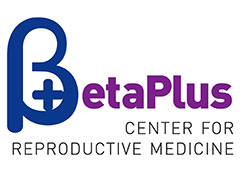There are several ways to express medically assisted reproduction success rates, which can create confusion with patients, as well as in literature.
Birth of a live baby is considered to be the goal and real success of ART. But reporting live birth rate is rare, since monitoring the pregnancy all the way to birth is difficult. Most ART clinics monitor pregnancies only up to week 12, after which time monitoring moves elsewhere. This is why in their scientific publications most ART clinics report success rates expressed as clinical pregnancies (pregnancies where an ultrasound proves the existence of pregnancy in uterus, which excludes biochemical pregnancies), or ongoing pregnancies (include healthy pregnancies reaching week 12 and excluding all biochemical pregnancies and miscarriages).
Success rates of a particular institution can also be expressed as success rate per started cycle, aspiration or transfer. Many women start treatment, but there are numerous reasons why the treatment is cancelled. In addition, egg does not have to be retrieved, or fertilization does not occur. Therefore, reporting success per started cycle will result in lower success rates, and per transfer will result in higher success rates.
Success rates largely depend on the age of a woman, so most clinics will show their success rates according to age. This is especially true for age groups above 40 where success is lower. Poor responders (women reacting poorly to stimulation) also have low success rates which ends up in their success rates being shown separately as well.
In Europe and in the developed world, a standard for success rates ranges between 10 and 15% for insemination and over 30% for transfers done in women under the age of 38.




